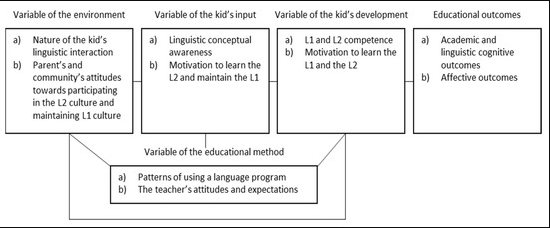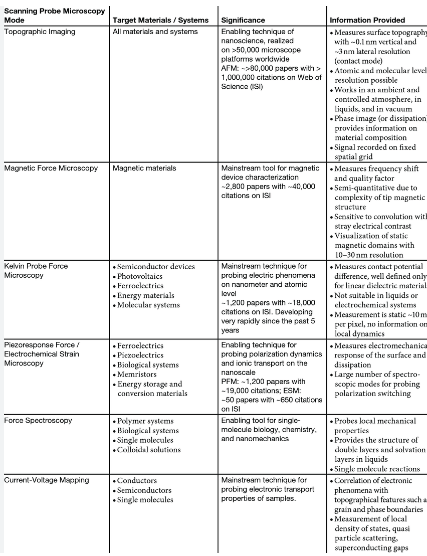The SPM includes more vocational subjects, offers coursework assessments, and uses Bahasa Malaysia, adapting better to local needs.
Table of Contents
Educational Scope and Focus
shifting from the Malaysian Certificate of Education to Sijil Pelajaran Malaysia indicates a fundamental change in Malaysian education. The previous system that was firmly based on the British one and was similarly built around passing many subjects in predominantly English. The amount of preparation in subjects such as exact science, mathematics, and literature was unparalleled in scale and its desiderata were mostly aimed at a more global academic framework.
Given the new SPM, the list of subjects to be examined has not only expanded to include a more extensive baseline in the traditional set but also includes a significant number of other subjects, such as Islamic studies and local literature. These are essential to the country’s national identity and are more focused on meeting the needs of students in the region who will be looking for jobs in the local economy, both in Malaysia and beyond. Such students are also taught in Bahasa Malaysia rather than English, which allows them both to properly master the national language and be fully involved in the local economy and government.
SPM is more focused on applying knowledge to practical life, including both household chores and local industry. For example, in a home economics course, students are often taught to manage the family budget, while agricultural science includes latent technologies for crop growth and animal husbandry. Quite often, these subjects are combined with tasks that students must perform themselves, such as cultivating a garden or setting up an internal farm, for which they will money. In addition, the new system makes it possible to pursue a career in automotive technology or cooking directly after graduation using the technical and vocational education and training system. As a result, students not only pay far less for their education but also start working sooner. This contrasts with the MCE, which was more academically oriented because, compared to recent decades, SPM registration figures for vocational tracks have risen by about 20 per cent.

Language of Instruction
The change from the Malaysian Certificate of Education to Sijil Pelajaran Malaysia was one of the most important turning points that have impacted the primary language used in the secondary education of Malaysia. When MCE was used, English reached the apogee of use as one of the subjects taught and primary language used in educational institutions. The English language hinged on its British O-Level background and trained students to use the language on a global stage. Students who pursued studies in countries that used English as the first language benefited from an easier transition through the language. The curriculum developed in the Western perspective, allowing for a free flow of ideas from its source.
The introduction of SPM made Bahasa Malaysia the main language of instruction and subject in the curriculum. This move was adopted at the national level to affirm the importance of the Malay language and the culture it advocated for, setting a uniform language that all ethnic groups could converse and identify with in Malaysia. The switching of the curriculum had a heavy implication on the methodology of teaching and availability of resources. Teachers who were trained in English had to adopt a new language to facilitate the learning of complex subjects like science and mathematics. The transition time led to a significant need for retraining of teachers and replacement of most educational materials, ensuring that the new language had the same weight as its English substitute, holding up the same level of academic scrutiny.
The switch to Bahasa also determines the proficiency of English as an international language. Malaysia’s paradigm in education sort balance and relevance: while Bahasa was adopted as the medium of teaching, the education system acknowledges the importance of English at the global level and offers intensive courses to equip students with the language. The students still take English as a compulsory subject. This policy shapes both the lives and the future of students. The policy ensures that students become dual proficient, making the country eligible towards international business and interactions. For example, a student who graduates from a Malaysian school is likely to work in the tourism sector. The student will serve customers in English but coordinate duties for his or her local employees in Bahasa.
Assessment Methodology
The transition from MCE to SPM is a shifting reflection. This did not cater to the needs of the increasing student population or the shifting trends in secondary education. The MCE model of assessment catered only to retained a tradition, a system that subscribed to the old method of education. The final examination model involved testing a student’s academic ability on the basis of how well they memorized what was taught to them in a year and their ability to answer several questions during exams. These tests covered the whole syllabus and students were ranked according to the final marks they got. It is characterized by a terminal examination assessment, as illustrated above, had the following features:
-Students’ ability was only tested subject-based examinations.
-These tests covered the whole syllabus taught.
-Tests are given at the end of the year.
-It prescribed only one opportunity for assessment.
-It assessed the student’s ability to recall rather apply what they are taught.
SPM and other types of assessment methods were validated in the Malaysian education system in the early 1990s. This period was used to introduce a variety of assessment methods, together with assessment that is more continuous. The government wanted to make sure that students are evaluated in all the dimensions. They wanted to ensure that application is more of a critical dimension to the consideration as the theoretical part. It is, therefore, true that SPM set covers exams at the end of every two-year, and within this period, there are projects and coursework that are covered. Therefore, narrow features of education done between school hours are a strong influence on the final mark. Under most formal education systems, SPM only allows exams at the end, but project works are included. Some examples include scientific subjects: biology, chemistry, physics, and art where students are given projects and must carry out practical experiments. This comparability and variety approach cater to different needs.
The old approach subscribed to a terminal examination system that led to unnecessary studies. This comparison is very much different as evident above, and most students came out as means to pass only exams while cramming as a ritual. The ability to think, reason, and respond to situations is an application ability that is tailored to project work. This project work will test students’ ability to problem-solve creatively and practically. The difference approach crafted a model type of students who studied as a response to the final exam only. “This project work may easily lead to single thinking and other poor characters (students) but instead undertake real experiments. There were less psychological pressures as students learn more unlike under pressure with a single exam to determine the future of a student, either positively or negatively. It encourages students to give their best to avoid any possibilities of exams. a model student never reproduces a memory and assures their teacher that they have no time of their own to study and respond to these exams with final research and example with answers in mind for the majority of the students unable to handle their teachers.

Subject Offerings and Specializations
Along with transitioning from the Malaysian Certificate of Education to the Sijil Pelajaran Malaysia, there was a substantial extension of the variety of subjects and specialities that students can undertake. MCE was concerned mainly with a set of similar core academic subjects, as the British O-Level system. Currently, the focus of the SPM is a broader spectrum of technical, vocational, and arts courses. The are indicative of a response to the difference priorities in the dynamically changing economic landscape in Malaysia. The SPM allows students to specialise at an earlier stage of their education, thus fitting them for the special career pathway at an early age.
The students have a choice: to become an engineer, ITC specialist, artist, or even a sports scientist. The enrolled subjects allow students to discover specific interests and talents in these domain areas. The new scheme has proved to be a success in schools as young people are more fulfilled through being able to choose subjects they are more interested in. In technical and vocational subjects, a pupil considering becoming an architect will take technical drawing and design technology as part of their SPM subject choice. Often, their assignments or projects take the form of a simulated challenge an architect might face in the real world – such as designing a community center that will prove the most cost-effective in terms of materials used and that will comply with modern demands for sustainable building practices. In terms of numerical estimates, the classes have increased in size that offer vocational and technical diploma qualifications. About 25% of all SPM students now enroll in these classes compared to roughly 10% two decades ago. It makes students even more geared towards the workforce and serves as one of the bridges between schools and the needs of industries.
Relevance to Higher Education and Career Paths
The change from the Malaysian Certificate of Education to the Sijil Pelajaran Malaysia reflects the improved alignment of secondary education outcomes with the requirements of both higher-level education and the job market. Where the MCE covered a wide range of academic subjects that prepared students to further their education, the SPM goes further to include a curriculum that responds to the needs of the labour market by preparing students to advance academically or enter various field as soon as they graduate. One of the changes is the impact of the SPM on different skills required in higher education such as critical thinking, problem-solving, and independent research. Subjects in the curriculum are designed to challenge learners’ problem-solving skills using practical and often real world-case scenarios. For example, a student taking biology as part of the SPM programme may undertake a project to assess the impact of urban development on the local ecosystem. On the one hand, this kind of project is essential in reinforcing knowledge in the subject. On the other hand, it provides students with skills needed to conduct practical research, which is a common practice before graduation for university students.
According to Winthrop’s presentation, universities in Malaysia take up students who have completed the SPM curriculum faster than students of alternative programmes, such as the UK syllabus. Apart from the increased capacity, the universities have reported higher satisfaction levels with students who underwent the SPM programme. Common trends include the students’ readiness to handle complex university assignments, engage in classroom and online discussions, and contribute to the university research work earlier than their counterparts. A good example to demonstrate the significance of these skills is through the employment preferences within the Malaysian job market. GH Sobri Godan, the manager of Exact Solutions, states that companies in the country prefer SPM graduates for lower-entry technical positions for they can manage and are ready.

